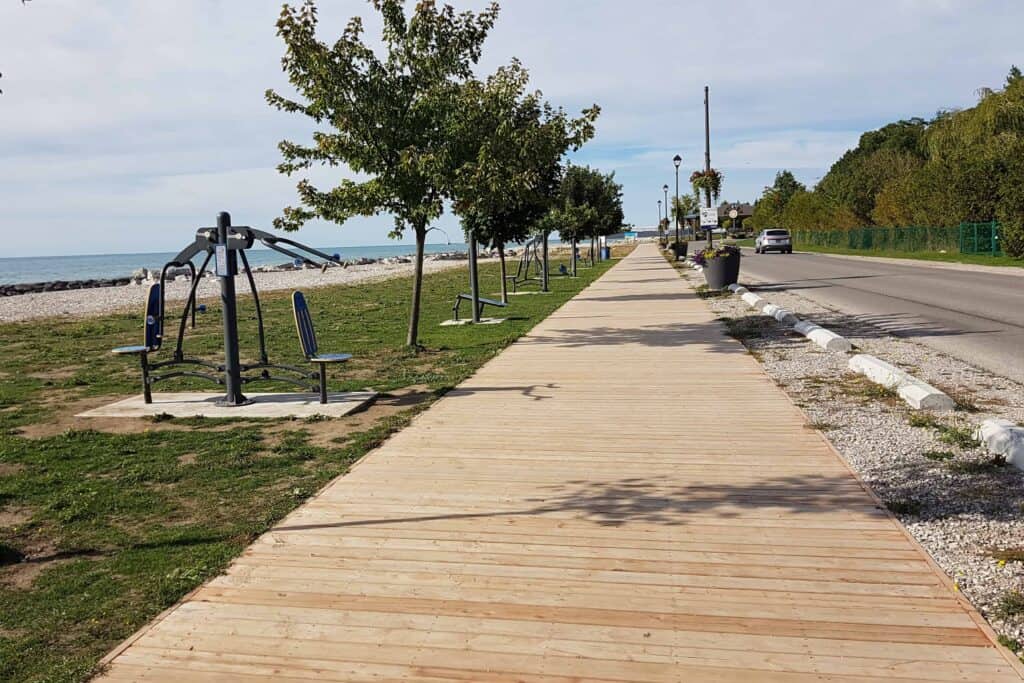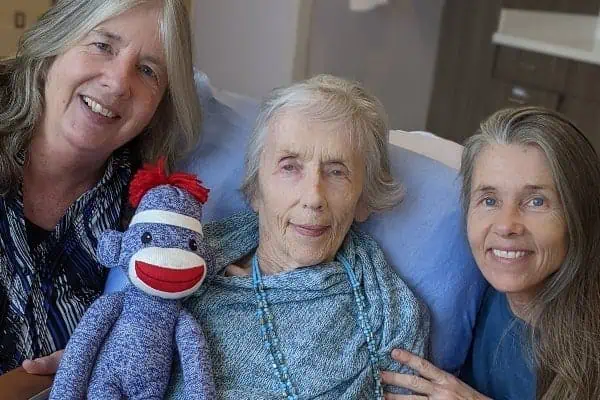
One of the marvelous things about knowledge is how so many people are willing to share it freely so that others can learn. Earlier this year I participated in a three-day conference on Age-Friendly Initiatives around the world, including Canada, led by Ontario. In October, I attended a webinar sponsored by Healthy Aging CORE (B.C.) on the same topic. The amount of practical information and ideas on implementing age-friendly communities is almost overwhelming but, like most things, it starts with a single step of commitment.
In this decade of Healthy Aging (2021–2030), when I start to worry about the negatives of ageism and its effects on seniors and society as a whole, I try to turn my thoughts towards a more-positive approach and think “age-friendly.”
Age-friendly is a worldwide phenomenon, as countries and communities look for ways to better incorporate seniors into society and to maximize their continued contributions. It’s a concept embraced by the World Health Organization and has been brought to life around the world. Ministers from all jurisdictions in Canada have endorsed the age-friendly approach, and work is underway in all provinces, although the Yukon has yet to show any action despite the government’s endorsement. Over twelve-hundred—1200!—communities in Canada are part of the age-friendly initiative—but not Whitehorse.
So what exactly is age-friendly? It’s a way of looking at public spaces, systems and services from the perspective of all ages, including older citizens.
I was in Goderich, Ontario, this fall as part of an annual trip to the Stratford (Shakespeare) Festival. The boardwalk along the beach is wide and can accommodate groups of pedestrians or families easily. There are benches at regular and well-spaced intervals, some of which have dedications, but many of which do not. It makes it possible for young children or less-physically-able citizens to enjoy the walk while taking frequent breaks.
There is also a series of regular exercise equipment, with easy and hard exercises for each that focus on different parts of the body and provide a more-holistic workout. Everyone from teenagers to those in their 90s can stop and try things out. (I did, and I was very thankful that my buddies chose restraint over laughter.) Maps of the town identify public washrooms and the best route to get there, along with signposts on the main drag.
When I was at the Wolf Creek Campground, I noticed adults trying to play the musical stations in the kids’ playground. Wouldn’t it be a wonderful way to encourage multi-generational interaction by building companion pieces for adults in Whitehorse, for example?
Other towns in Canada include pedestrian planning as part of transportation planning. Can you actually get to the bus stop safely, and can you get off the bus easily with groceries or strollers? Is there a place to sit at the bus stop, preferably with some kind of wind break? Are there benches at regular intervals along walking trails, so people can rest? Is the road snow cleared enough to safely access sidewalks or pedestrian crossings?
Here are just a few examples of ideas out there:
- Zoning to encourage development of patio-home condos, to enhance the housing continuum and encourage older adults to remain in the community
- Street signs that can be read in the dark
- Sidewalks wide enough so that two people can pass comfortably, even if one is using a mobility device
- Parking time limits that match the event (like going to the movies on a Friday night)
- People with lived memories of past history participating in school programs like grandpals.ca, after vetting and training
- Home-share programs, managed by social workers, that pair students and seniors with an extra bedroom where rents are lowered in exchange for help with chores or shopping or whatever
Just as building sidewalks with slopes proved to be of benefit to parents with strollers, as well as to those using walkers or wheelchairs, so, too, can an age-friendly lens be of benefit to all residents—and not just seniors. I truly hope that the challenge of living in an age-diverse Yukon will be taken up in all communities and that our elected and appointed officials show their leadership in this area.




